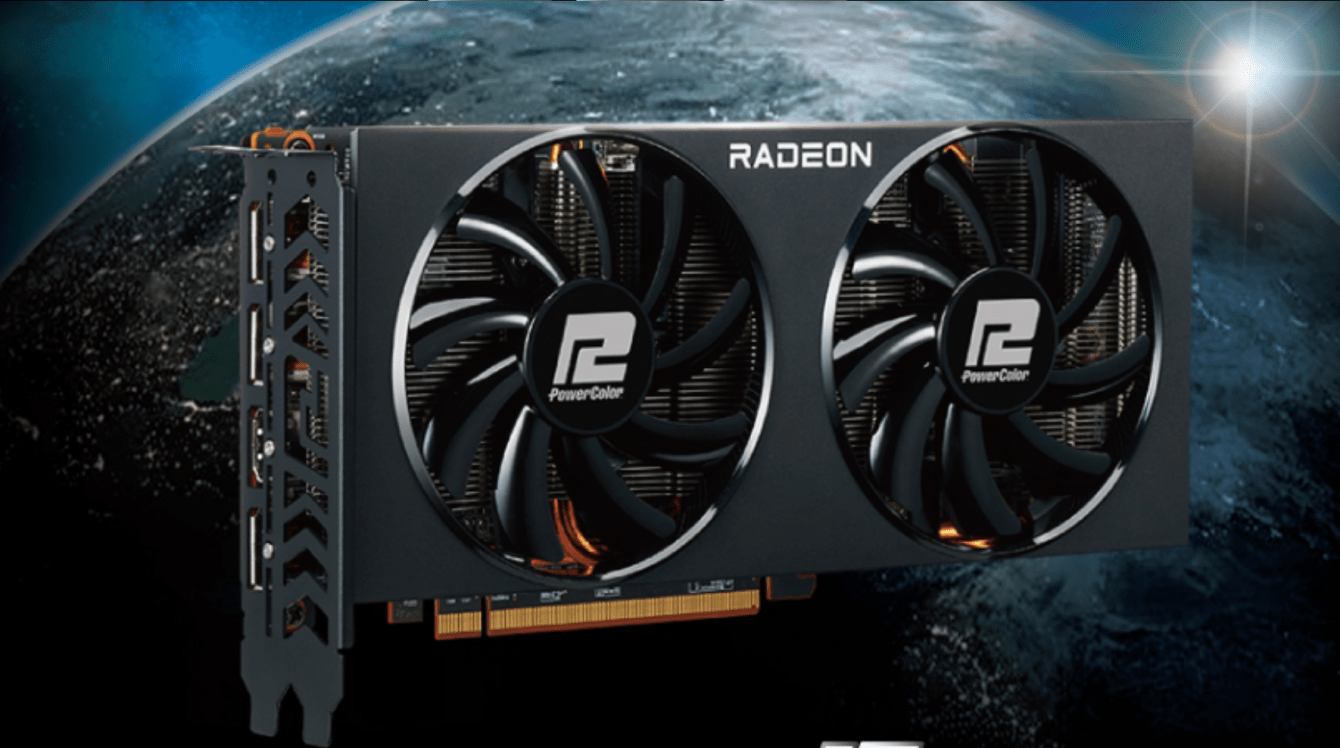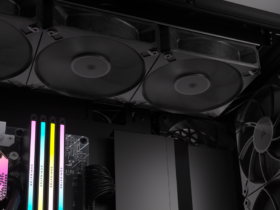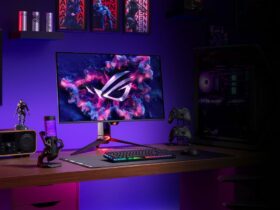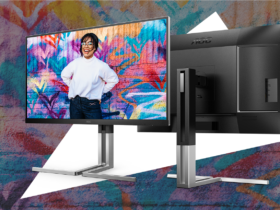It seems that the low-mid-range AMD RX 6700 model will only have 6 GB of VRAM, exactly half that of its big sister recently arrived on the market. At least in the variant shown by PowerColor
A few weeks ago we saw the unveiling of the AMD RX 6700 XT, a graphics card that should compete with the NVIDIA RTX 3060 Ti and RTX 3070 in both price and performance. As usual, AMD was very generous on the amount of RAM and had added 12 GB of GDDR6 memory to it. Instead it seems that the younger sister, AMD RX 6700 (non XT) will only use 6GB of VRAM (according to information leaked by PowerColor via wccftech) and will have a slightly neutered GPU. Really strange as a choice, initially it was said that the new low-mid-range graphics card would also have 12 GB, but we would have expected at least 8 GB of RAM on this band. Recall that it will compete with the RTX 3060 which has a lot of memory to sell with its 12 GB. However, everything will be played out on prices at this point.
AMD RX 6700: only 6 GB in the low-mid range
While the low end will be covered by a Navi 23 GPU that has recently come to the fore, the mid-low end will almost certainly be covered by the AMD RX 6700. By now, even several third-party manufacturers no longer seem to have doubts and the first images of the finished products have already been leaked, betraying an upcoming presentation. We knew that AMD was working on this new mid-range proposal, and versions with 12 GB and 6 GB of VRAM have been listed several times. The particular variant of PowerColor, Radeon RX 6700 Fighter, which was leaked in recent rumors uses a buffer from 6 GB of GDDR6 memory. This obviously does not rule out the existence of 12 GB variants, what is certainly certain is that AMD RX 6700s will come out with at least 6 GB of GDDR6 VRAM.
The other specifications
AMD RX 6700 is expected to use a castrated variant of the Navi 22 GPU for a total of 2304 core organized in 36 calculation units. The 6GB of GDDR6 memory will leverage a 192-bit bus interface and will keep one Infinity Cache with 96 MB, like the older sister. Comparing it to the XT version which has a TDP at 230 W, the new low-mid-range graphics card could end up with a TGP around 200W. From the packaging, we learn that the target of the new GPU would still be on games at 1440p, however AMD in its slides for the presentation of the AMD RX 6700 XT showed how modern games required more than 8GB of VRAM to run at 1440p to be able to turn without problem. Was it a simple attack on NVIDIA that was a little more stingy with memory? Or will AMD end up contradicting itself? In reality we will also need to see the target: 1440p, but with what level of detail? How many fps? In any case, 6 GB would seem more oriented towards FHD. A card with only 6 GB could perform well in 1440p in the present, but already in the near future it will struggle a lot. However, the advantage of the Infinity Cache must also be evaluated.
As for the specific board protagonist of this article, the PowerColor Radeon RX 6700 Fighter, will use a custom design that will present the reference AMD PCB with a dual fan and dual slot cooling system different from the reference one. The cover is available in a matte black finish and the two fans blow air towards a large central heatsink with aluminum fins that contains several copper tubes for dissipation. As for the power supply, the card is likely to have an 8 + 6 connector or a single 8-pin connector. AMD RX 6700 is expected to launch next month with a list price below $ 400. Of course, to compete with the RTX 3060, the price will have to be aggressive enough, at least for the 6 GB version. We will know more in the coming weeks, so stay tuned!















